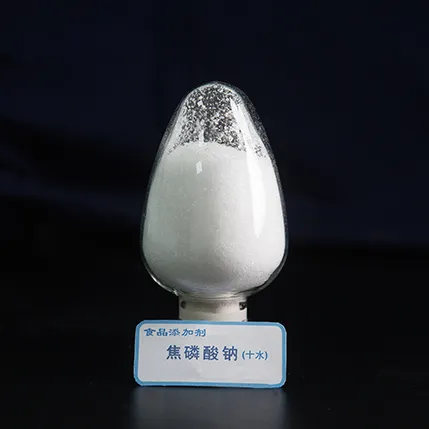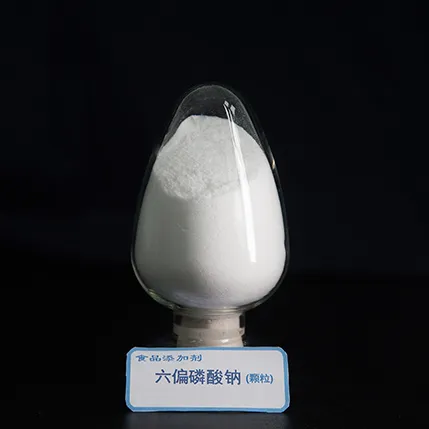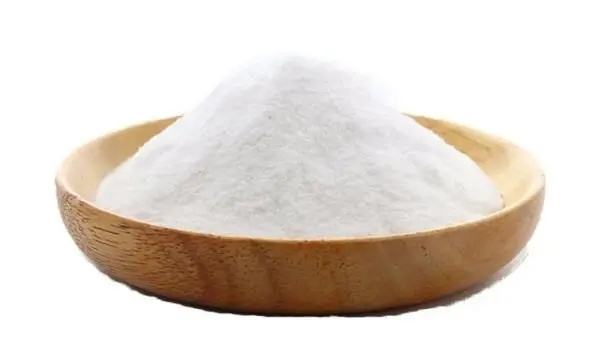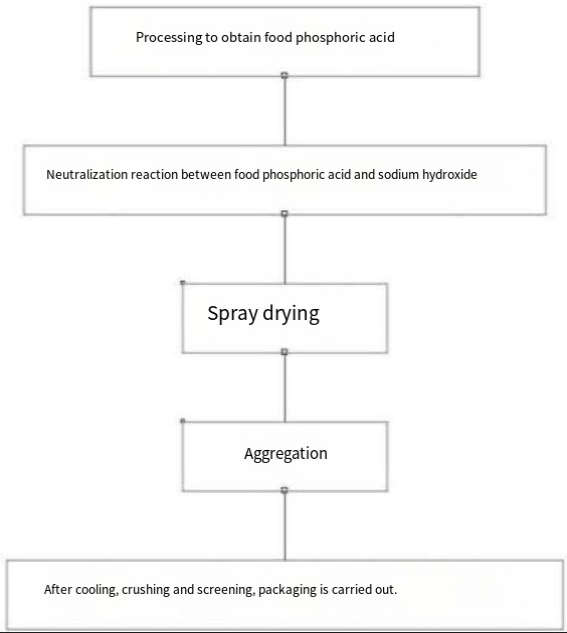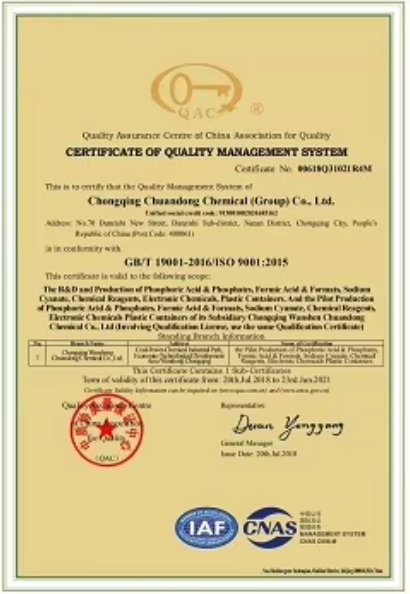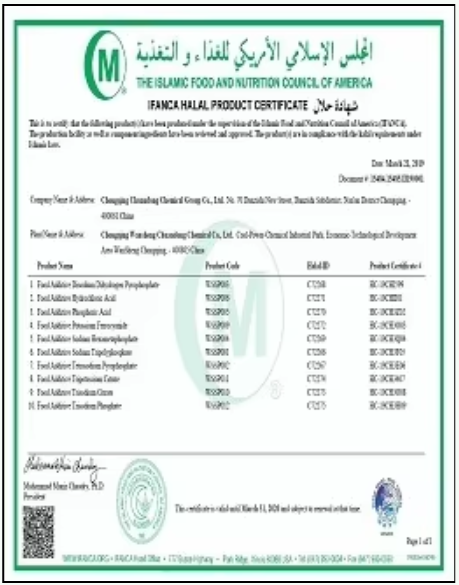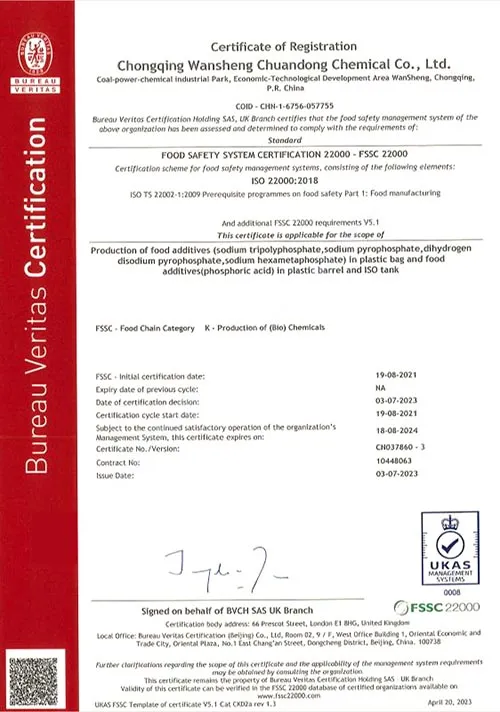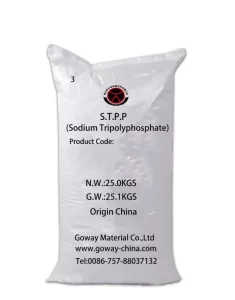Food Grade Phosphate FAQs
Here are some frequently asked questions about our phosphate for food products. If you have more questions, feel free to contact us directly.
1. What certifications does your company have for Food Grade Phosphate?
Our Food Grade Phosphates are produced under internationally recognized food safety systems.
We hold certifications such as ISO 22000, HACCP-based quality control, and ISO 9001, ensuring that every batch meets strict global standards for purity, safety and consistency.
2. How do you control the quality and safety of your Food Grade Phosphates?
We implement strict quality control throughout the entire manufacturing process, including:
-
Raw material inspection and screening
-
In-process monitoring during reaction, filtration and drying
-
Final product testing for purity, moisture, pH and functionality
-
Full traceability for each batch, with COA and MSDS available
These measures ensure stable quality and reliable performance for different food applications.
3. In which food applications can Food Grade Phosphates be used?
Food Grade Phosphates can be used in a wide range of products, including:
They help improve moisture retention, texture, pH stability, flavor and shelf life in various formulations.
4. How can I choose the right phosphate for meat, seafood, or bakery applications?
Each food application requires a different phosphate function:
-
Meat & Poultry: STPP or SHMP improves water retention, tenderness, juiciness, and yield.
-
Seafood: STPP/SHMP helps reduce drip loss and maintain firmness during freezing and thawing.
-
Bakery & Noodles: Sodium Pyrophosphate provides controlled leavening, while STPP/SHMP improves elasticity and color.
If you’re unsure which grade fits your formulation, our technical team can evaluate your process and provide tailored recommendations.
5. Can you provide COA, Halal, Kosher, and MSDS for your Food Grade Phosphates?
Yes. We provide full and up-to-date documentation, including:
-
COA (Certificate of Analysis)
-
Halal and Kosher certificates
-
MSDS/SDS
-
ISO-related documents
-
TDS (Technical Data Sheet) on request
Documents can be provided before sampling or ordering, depending on your regulatory needs.
6. What is your MOQ for Food Grade Phosphate?
Our standard MOQ is 1 ton, suitable for both new customers and regular production use.
For special grades, OEM packaging or mixed container shipments, we also offer flexible MOQs between 500–1000 kg.
Small trial quantities can be arranged for new formulations.
7. Are your Food Grade Phosphates suitable for special dietary or regulatory requirements?
Yes. Our phosphates can be used in:
-
Vegetarian and plant-based foods
-
Clean-label or reduced-additive formulations
-
Markets with specific regulatory restrictions
Our technical team can provide detailed guidance to ensure your final product meets local compliance and labeling requirements.
8. How can I place an order or get technical support?
You can contact us at [email protected] or submit your request through our website’s contact form.
We offer:
-
Product recommendations
-
Pricing and packaging details
-
Technical support for formulation and processing
-
Samples for trial production
Our team responds quickly and will help you select the best phosphate solution for your food application.



